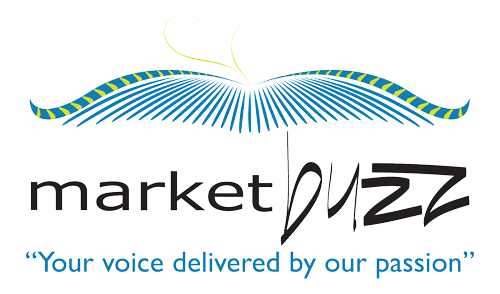Nokia is demonstrating at Mobile World Congress 2016 how its IoT related end-to-end capabilities* support operators and enterprises in addressing numerous use cases and business models in the rapidly developing IoT market. Nokia combines its network infrastructure with secure IoT connectivity, distributed cloud, as well as IoT platforms with applications and analytics. Nokia’s IoT services complement this with expertise to design, integrate and customize the IoT solutions.
Nokia’s demonstrations show how IoT will open up opportunities in connected mobility, smart cities, public safety and healthcare, the connected home, and many other areas. For operators, Nokia’s complete portfolio simplifies the management of IoT connections and the development of IoT applications.
Nokia’s IoT Community is designed to engage organizations from multiple industries in collaborating on new business models for IoT use cases. The Community aims to validate these models and expand Nokia’s IoT partner ecosystem for radio and device certification with leading device and application vendors. This collaboration will accelerate the delivery of IoT solutions and create more business value.
Nokia supports all three 3GPP IoT radio technologies** to meet the varying connection requirements of different applications. These technologies help provide low-cost connectivity, improve indoor and rural coverage and increase IoT device battery life significantly to support remote sensors and meters.
IoT solution at a glance:
- Nokia’s IoT portfolio brings a flexible, secure, and scalable multi-tenant platform that is device-agnostic and helps operators and enterprise customers to rapidly develop,rollout and support new applications and business models.
- The Connectivity Management feature helps operators manage the rapidly growing number of connections from sensors and devices, especially when they use SIM connections.
- Application Platforms let operators create customized IoT applications and services quickly and cost-effectively.
- Device management capabilities are designed for rapid, remote deployment of any device, sensor, meter, or module, and Nokia supports all current IoT device management standards.***
- Nokia’s IoT services provide the expertise to design, integrate and customize connectivity management platforms and application layers to cater to the specific needs of different verticals.
Kathrin Buvac, Chief Strategy Officer at Nokia, said: “Nokia, together with an ecosystem of trusted partners, is now expanding the human possibilities of technology to domains of connected mobility with cars and drones, connected cities with smart parking, connected homes with residential gateways, connected healthcare, virtual and augmented reality, public safety and many more areas. Our broad suite of IoT solutions, ranging from vertical applications, cloud platforms, network connectivity and services, is at the heart of digitalising industries. We help both our operator and enterprise customers capture value from those use cases. Additionally, Nokia is innovating new business models that help our customers prepare for the massive amount of devices, sensors and connections, and business value that the Internet of Things will bring.”
Did you know?
The significant number of possibilities and use cases is creating a huge market opportunity in the Internet of Things ecosystem that is projected to be worth €484 billion in 2025, with applications, analytics and end-user services accounting for 90% of that total (Source: Machina Research, 2015).
Notes
* Nokia’s complete IoT portfolio consists of its Radio for IoT, Core for IoT, IMPACTTM for application enablement and connectivity device inventory and management, as well as partner products from its IoT ecosystem for connectivity management and related diagnostics. Nokia’s Mobile Edge Computing capabilities enable low-latency IoT use cases, such as connected mobility (also referred to as Car2X communications).
** Nokia supports three complementary technologies to enhance GSM and LTE radio networks for IoT connectivity:
- NarrowBand IoT (NB-IoT) increases the coverage of LTE networks seven-fold and simplifies modems by 85% to support low data volume IoT applications over a wide area.
- Providing the same coverage and modem simplification benefits as NB-IoT, Extended Coverage GSM (EC-GSM) addresses IoT markets in regions where LTE deployments are not widespread.
- Enhanced Machine Type Communications (eMTC) complements NB-IoT by addressing demanding IoT applications with low to mid-volume data use of up to about 1 Mbps. The technology also simplifies modems by about 80%.
*** Nokia supports all current IoT device management standards, OMA, TR069, and LWM2M, and manages technology translations to emerging IoT application standards using HTTP and CoAP adapters.


